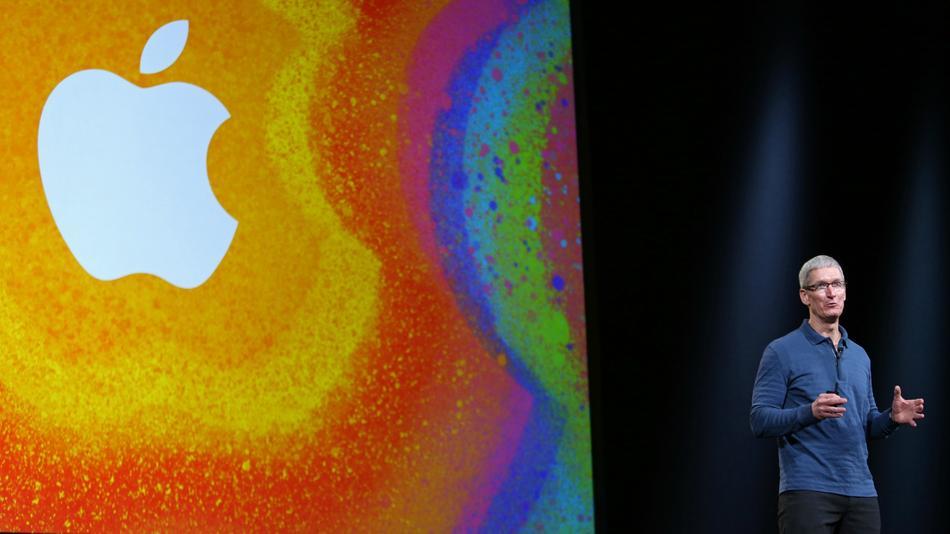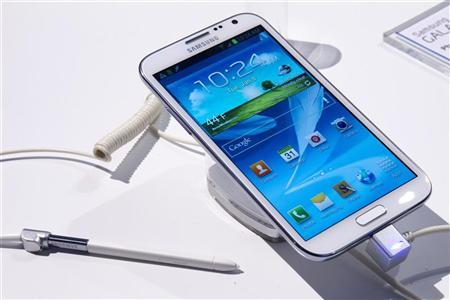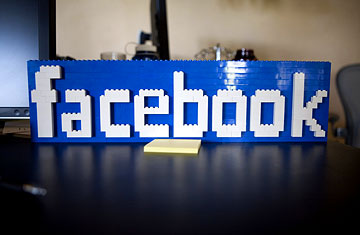 Nokia unveiled a lighter, metal model in its Lumia smartphone range, as it tries to catch the eye of buyers to close the huge market lead of rivals Samsung and Apple Inc in the lucrative handset market.
Nokia unveiled a lighter, metal model in its Lumia smartphone range, as it tries to catch the eye of buyers to close the huge market lead of rivals Samsung and Apple Inc in the lucrative handset market.
The Lumia 925 is the latest in Nokia’s range using Microsoft’s Windows Phone software and will be sold for 469 euros ($610) before taxes and subsidies through carriers such as Vodafone and China Mobile.
Nokia Chief Executive Stephen Elop has pinned the future of the loss-making company on Windows Phone, hoping to reverse a dramatic drop in revenue over the last two years.
The phone weighs 139 grams, compared with 185 grams for the earlier 920 model, which some critics had said was too heavy. It also utilizes a new smart camera mode, a photo editing function which Nokia intends to introduce to all Lumia devices.
“Lumia 925 looks like a solid product and should be able to attract new customers who have considered 920 too bulky for their taste,” said Nordea analyst Sami Sarkamies.
“One can think of Lumia 925 as a new version of Lumia 920 that has been put on a diet to fit inside an iPhone-like frame.”
Nokia has recently launched new products in the lower and mid-tier range to protect its position in emerging markets, but its success in the high-margin smartphone market will be crucial to its long-term survival.
The company unveiled the slightly heavier Lumia 928 for the U.S. market last Friday. It was priced at $99 after a rebate and a two-year deal with Verizon Wireless.
Both the Lumia 925 and 928 are targeted at the high-end, flagship segment, which accounts for 35 to 40 percent of the total global market, said Jo Harlow, Nokia’s executive vice president for smart devices.
“Our goal is to have a complete portfolio across the price range,” she told Reuters, adding that Nokia expects to see accelerated growth in sales of Lumia phones.
Sales of Lumia phones have grown in recent quarters, but at 5.6 million in first quarter, they still account for only around 5 percent of the market.
Research company Gartner said on Tuesday that Nokia lost 5 percentage points of market share in the first quarter, falling to 14.8 percent compared to number one Samsung’s 23.6 percent share. Nokia held a 19.7 percent share just a year ago.
Source : Reuters




































